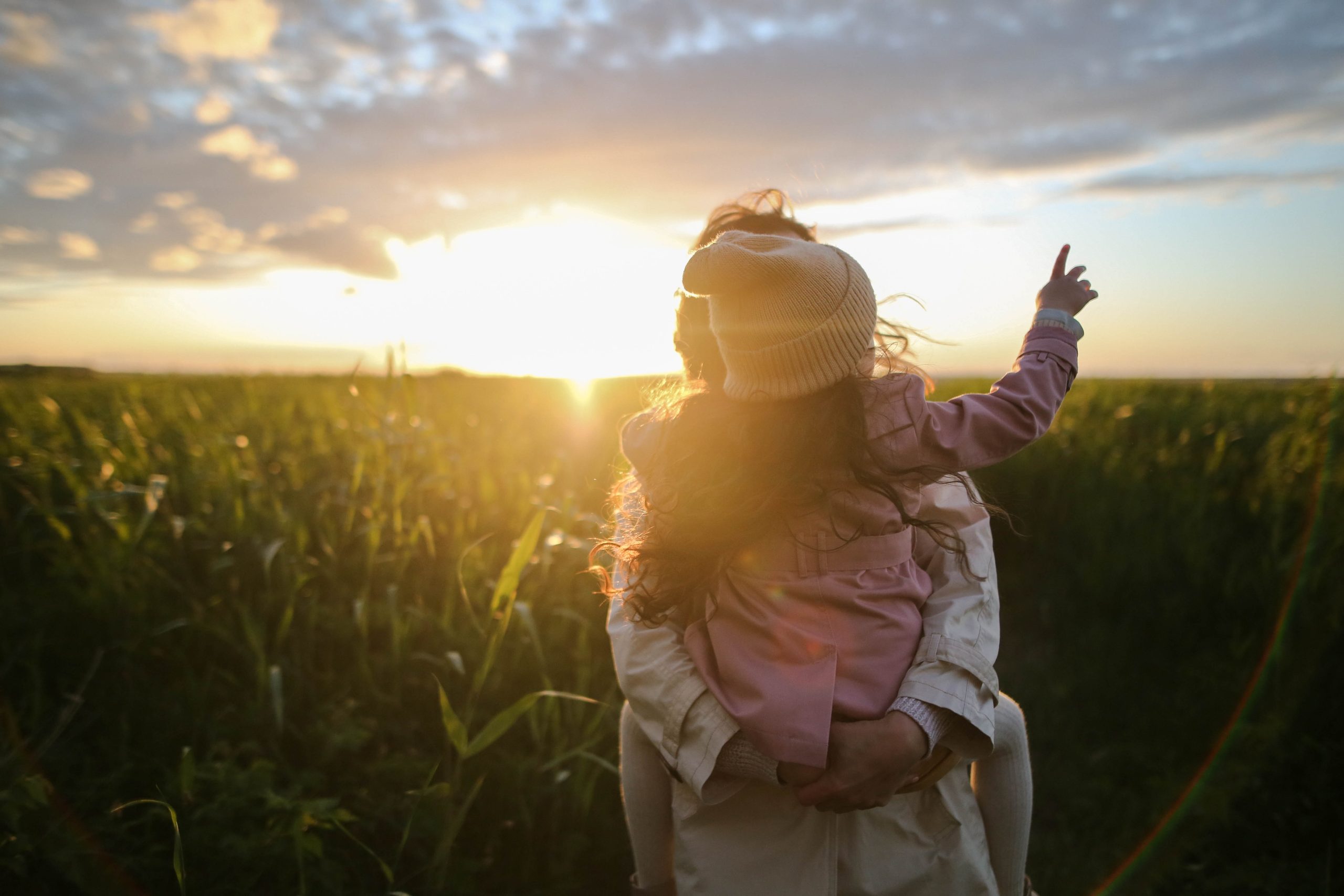News
Blueprint to tackle violence against women unveiled but detailed Indigenous plan still to come

(Pexels photo)
A blueprint developed by federal and state governments to counter violence against women and children includes the ambitious goal of eliminating gender-based violence within one generation.
But a proposed standalone plan for dealing with violence against Indigenous women, which is much more prevalent than in the general community, is yet to be developed. No date is set for its release.
The National Plan to End Violence against Women and Children 2022 to 2032, put out on Monday by the Minister for Women Katy Gallagher and the Minister for Social Services Amanda Rishworth, describes violence against women and children as “a problem of epidemic proportions in Australia”.
One in three women has experienced physical violence since age 15; the figure for sexual violence is one in five. A woman is killed by a current or former intimate partner every ten days.
Indigenous women are 34 times more likely to be hospitalised due to violence than non-Indigenous women, report three times as many incidents of sexual violence, and are more likely to be killed due to assault.
The national plan, which covers the four areas of prevention, early intervention, response, and recovery and healing, focuses on
- promoting gender equality and combatting other forms of discrimination that contribute to this violence
- changing attitudes in order to prevent violence
- embedding effective early intervention measures
- building the frontline sector workforce and ensuring women and children have access to support wherever they live
- making sure tailored and culturally-safe support is there for all women and children and
- the need for person-centred services and better coordination and integration across systems.
There will be two five-year action plans. They will include specific commitments by governments and investments in the various areas.
“In the longer term, a standalone First Nations National Plan will be developed to address the unacceptably high rates of violence Aboriginal and Torres Strait Islander women and children experience,” the plan says.
“This violence happens alongside the multiple, intersecting and layered forms of discrimination and disadvantage affecting the safety of Aboriginal and Torres Strait Islander families and communities.
“A deliverable under this National Plan is a dedicated action plan for Aboriginal and Torres Strait Islander family safety, which will provide the foundations for the future standalone First Nations National Plan.”
In the last few years, during the previous plan, attitudes in Australia seem to have improved but not the outcomes.
“Since the 2010-2022 National Plan, fewer Australians hold attitudes that support violence against women, and most Australians support gender equality. Women report that they are increasingly feeling safer in private and in community settings.
“Despite this progress, the 2010-2022 National Plan did not succeed in its goal of reducing violence against women and children. The prevalence of violence against women and children has not significantly decreased during the last 12 years and reported rates of sexual assault continue to rise.
“While increases in reporting may be due to women feeling more supported to come forward and seek help, we must reduce the prevalence.”
With advancing gender equality central to solving the problem, the plan says, “Everyone has a meaningful role to play – as families, friends, work colleagues, employers, businesses, sporting organisations, media, educational institutions, service providers, community organisations, service systems and governments”.
Rishworth said: “Current rates of family, domestic and sexual violence are unacceptable. We want to make these changes now so the next generation of women and children can live in a society free from violence.”![]()
Michelle Grattan, Professorial Fellow, University of Canberra
This article is republished from The Conversation under a Creative Commons license. Read the original article.





















